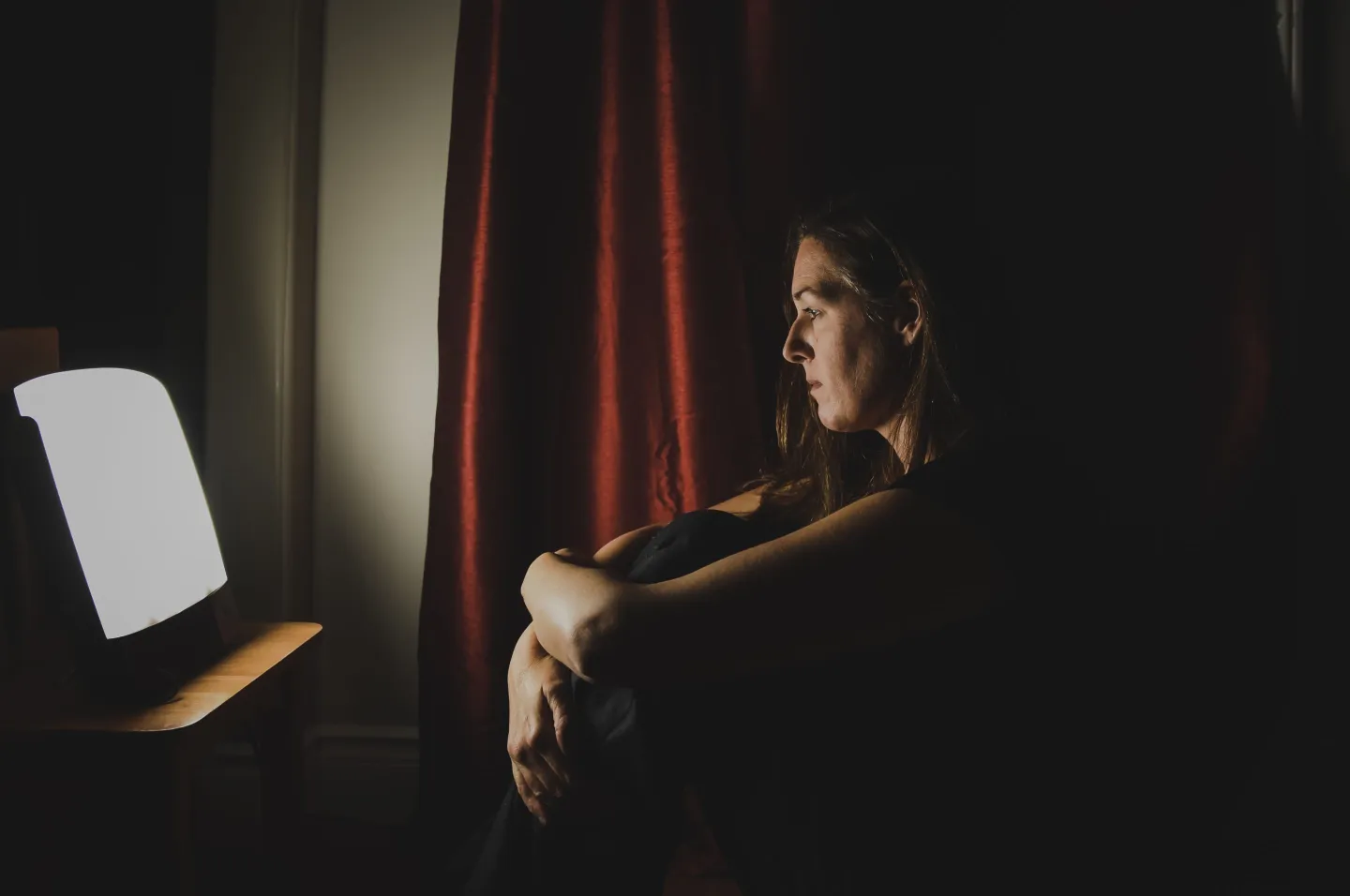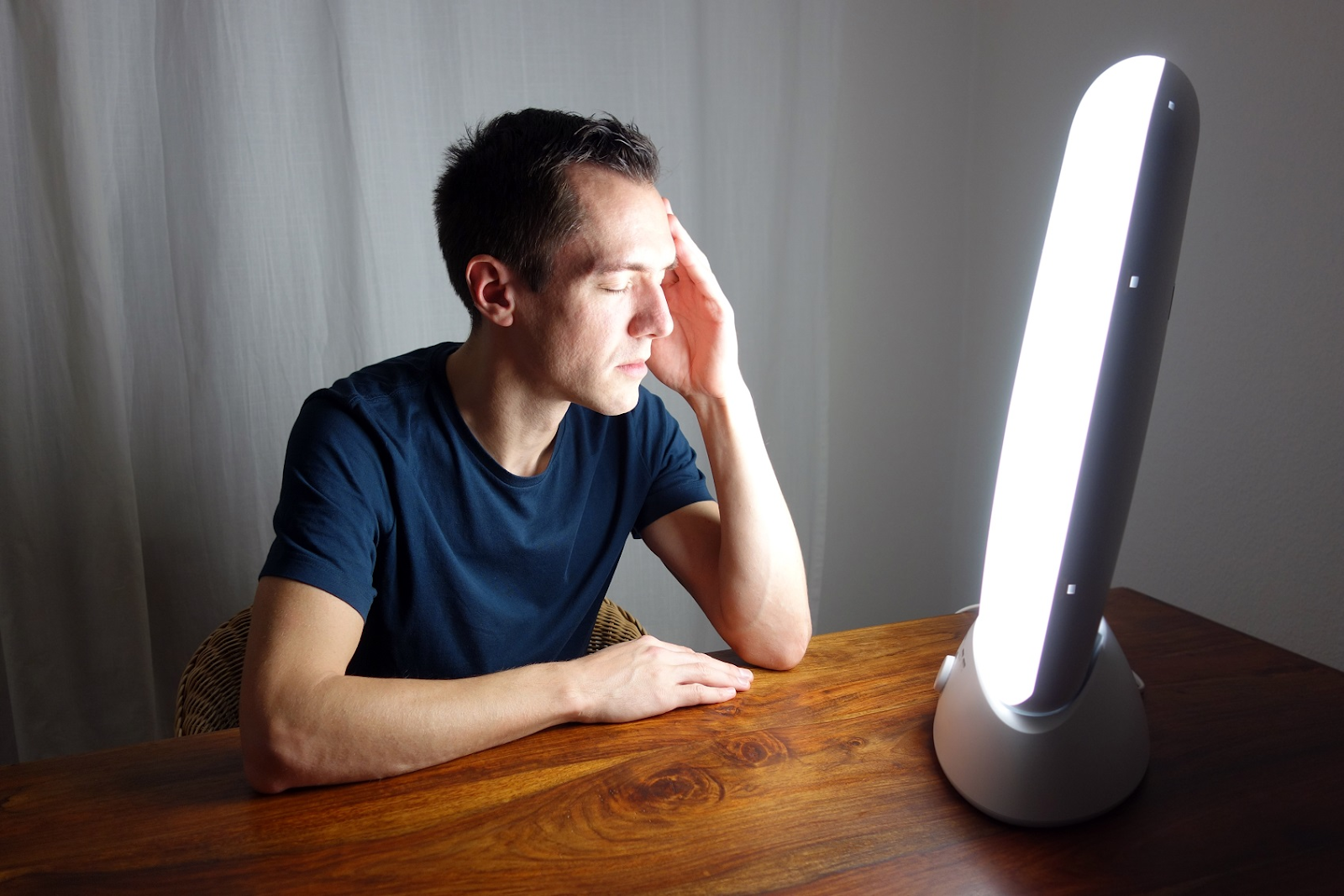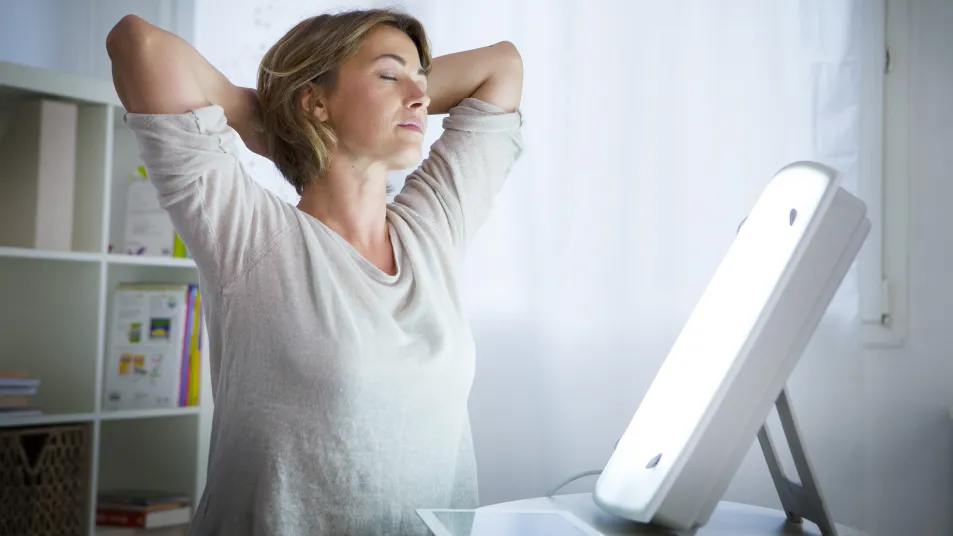Bright light therapy (BLT) is widely recognized for treating Seasonal Affective Disorder (SAD), yet recent research reveals it can also be highly effective in managing other types of depression. A new meta-analysis published in JAMA Psychiatry shows that BLT can play a key role in improving outcomes for individuals with major depressive disorder (MDD), a leading cause of disability worldwide.

(image: getty images)
How Bright Light Therapy Benefits Non-Seasonal Depression
The new study explored randomized clinical trials evaluating BLT’s impact on patients with non-seasonal depression and found a notable response rate of 40% compared to a 23% rate in control groups. These findings suggest that BLT not only benefits those with seasonal depression but can also enhance and expedite treatment response in non-seasonal cases.
Artur Menegaz de Almeida, the lead researcher and medical student at the Federal University of Mato Grosso in Brazil, emphasizes the potential value of BLT as a cost-effective adjunct therapy for both unipolar and bipolar depression. “This therapy offers a promising option for improving response rates and symptom remission among patients,” he states.

(image: getty images)
Read more: New Ultrasound Brain Treatment Shows Promise in Tackling Addiction
Why Bright Light Therapy is Effective
BLT is thought to work by stimulating retinal ganglion cells in the eye, which transmit signals to brain regions involved in mood regulation. This connection may explain why light therapy is beneficial not only for SAD patients but also for those with non-seasonal depression, enhancing mood and cognitive function.
According to Dr. Norman Rosenthal, the psychiatrist who first identified SAD in the 1980s, this study provides a critical insight for clinicians. He notes that the perception of BLT as only beneficial for seasonal depression has limited its use. “There’s a misconception that bright light doesn’t help non-seasonal depression, which is incorrect,” says Rosenthal.

(image: getty images)
Read more: Running vs. Walking: Which is More Effective for Weight Loss?
Growing Evidence for Bright Light Therapy in Depression Treatment
The idea that BLT could assist with non-seasonal depression is not entirely new. As early as 2005, a meta-analysis in the American Journal of Psychiatry supported BLT’s effectiveness for both SAD and non-seasonal depression. Further studies, like a 2015 randomized clinical trial by Dr. Raymond Lam at the University of British Columbia, found BLT to be as effective as fluoxetine (Prozac) in managing major depressive disorder.
Yet, despite such evidence, BLT has not gained widespread recognition as a treatment for non-seasonal depression. Dr. Rosenthal attributes this gap partly to the pharmaceutical industry’s influence, as patented medications receive more attention in advertising and clinical settings.

(image: getty images)
Read more: Top 3 Supplements You’re Wasting Money On: Insights from a Pharmacist
Making BLT Accessible to More People
SAD lamps, or light boxes, which emit a recommended 10,000 lux to effectively simulate natural light exposure, are becoming more accessible. These devices range in price, starting at around $45, making them a cost-effective option for home use.
Considering the benefits shown in the recent analysis, BLT could serve as a valuable addition to depression treatment plans, especially for individuals seeking alternatives or adjunctive therapies to traditional medication.
Bright Light Therapy: A Low-Cost, High-Impact Solution
As more studies affirm BLT’s effectiveness for various types of depression, it may soon become a mainstream treatment. For individuals and healthcare providers interested in holistic and non-pharmaceutical options, BLT offers a safe, effective, and accessible way to combat depressive symptoms.
Stay tuned for more insights on wellness treatments and mental health solutions by following our page.


